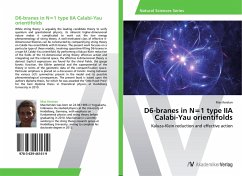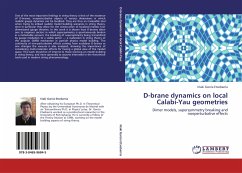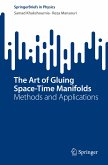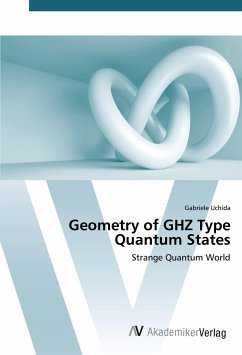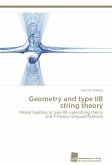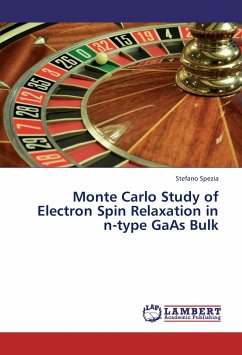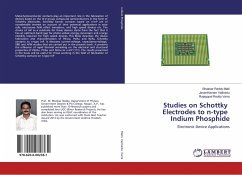While string theory is arguably the leading candidate theory to unify quantum and gravitational physics, its inherent higher-dimensional nature makes it complicated to work out the low energy phenomenology of string theory. A well-motivated class of effective 4-dimensional theories can be constructed by compactifying string theory on Calabi-Yau orientifolds with D-branes. The present work focuses on a particular type of these models, involving spacetime-filling D6-branes in a type IIA Calabi-Yau orientifold. By performing a Kaluza-Klein reduction of the fields of the 10-dimensional string theory effective action and integrating out the internal space, the effective 4-dimensional theory is derived. Explicit expressions are found for the chiral fields, the gauge kinetic function, the Kähler potential and the superpotential of the theory in terms of the geometric data of the compactification space. Particular emphasis is placed on a discussion of kinetic mixing between the various U(1) symmetries present in the model and its possible phenomenological consequences. The present book is based upon the author's diploma thesis, for which he was awarded the "Otto-Haxel-Preis" for the best diploma thesis in theoretical physics at Heidelberg University in 2010.

